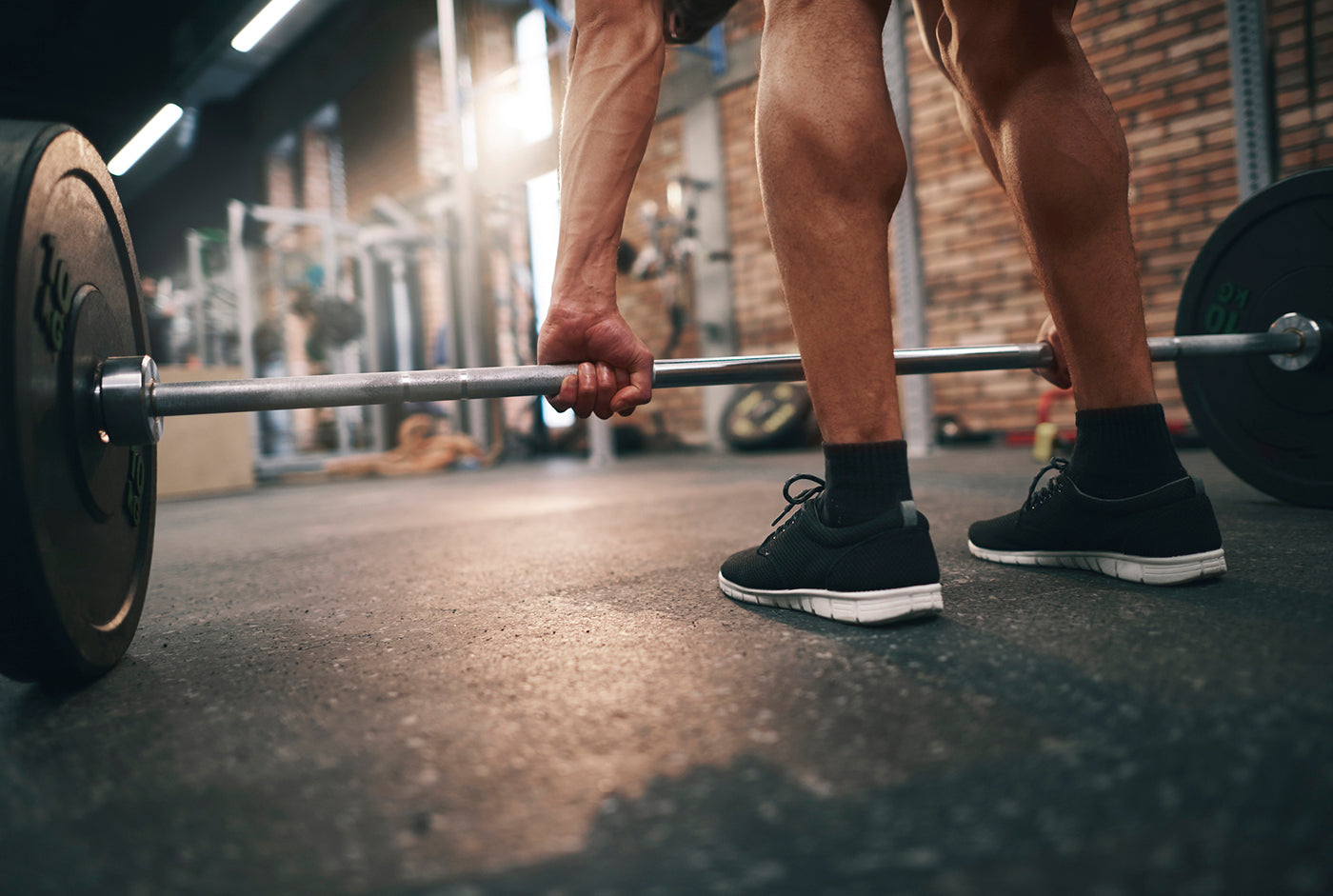
Five Tips for Using Wrist Wraps During Deadlifting
Whether recovering from a wrist injury or looking to maximize your workout, having a reliable pair of wrist wraps in your gym bag comes with a lot of benefits. Using wrist wraps for weightlifting can help you push the limits while ensuring your muscles are supported and reduce the risk of injury or strain. Here are five quick tips for any gymgoer looking to make wrist wraps part of their workout.
1. Get the Right Straps
The first step to incorporating wrist wraps for weightlifting is finding the right straps. You want to be sure the straps you bring with you to the gym are comfortable, durable, and sturdy enough to support your wrists without twisting. There are a few different types of wrist wraps out there so be sure you understand the positives and negatives of them all before making a decision.
2. Learn the Right Way to Wear Them
Once you have your wrist wraps ready to go, you are going to need to know the proper way to put them on to ensure they are doing their job and not slipping. Wrist wraps should sit over your wrist joint, and you want to avoid strapping them too low. The purpose of the wrist wrap for weightlifting is to support your wrist by not allowing overextension. This support won’t happen if your wrist wrap is wrapped around your forearm!
3. Strengthen your Forearms
If you are constantly using wrist wraps for weightlifting, it is a good idea to dedicate some of your workouts to strengthen your forearms and wrist muscles. Wrist wraps can help you push the boundaries and build muscle through heavy lifting, but it is also important to give your entire upper body attention to increase your overall strength.
4. Know when to Use Straps
If you are using wrist wraps to alleviate an injury, continue to care for your injured joints even with the use of wrist wraps. If you are using wrist wraps to help you push to heavier weights, keep in mind the wraps don’t need to be worn for every exercise. Using wrist wraps for weightlifting has a lot of benefits, but it is also important to know when to strap up and when to leave them on the sidelines. Wrist wraps do not need to be worn during warmups – save them for the heavy lifting!
5. Stay Safe
While wrist wraps for weightlifting can be a great assistance in the gym, they aren’t complete protection from injury. If you are working with heavy weights, you need first to learn how to fail safely. The last thing any lifter wants, or needs, is a broken wrist. Confidence is good, but overconfidence in the gym can get you seriously injured.
If you are an avid gymgoer who is trying to push their deadlift, investing in a high-quality pair of wrist wraps for weightlifting has a lot of benefits. Finding the right pair can be a process, but knowing what you are looking for and understanding the goods and bads of different wrap types will make the process a lot easier.
1. Get the Right Straps
The first step to incorporating wrist wraps for weightlifting is finding the right straps. You want to be sure the straps you bring with you to the gym are comfortable, durable, and sturdy enough to support your wrists without twisting. There are a few different types of wrist wraps out there so be sure you understand the positives and negatives of them all before making a decision.
2. Learn the Right Way to Wear Them
Once you have your wrist wraps ready to go, you are going to need to know the proper way to put them on to ensure they are doing their job and not slipping. Wrist wraps should sit over your wrist joint, and you want to avoid strapping them too low. The purpose of the wrist wrap for weightlifting is to support your wrist by not allowing overextension. This support won’t happen if your wrist wrap is wrapped around your forearm!
3. Strengthen your Forearms
If you are constantly using wrist wraps for weightlifting, it is a good idea to dedicate some of your workouts to strengthen your forearms and wrist muscles. Wrist wraps can help you push the boundaries and build muscle through heavy lifting, but it is also important to give your entire upper body attention to increase your overall strength.
4. Know when to Use Straps
If you are using wrist wraps to alleviate an injury, continue to care for your injured joints even with the use of wrist wraps. If you are using wrist wraps to help you push to heavier weights, keep in mind the wraps don’t need to be worn for every exercise. Using wrist wraps for weightlifting has a lot of benefits, but it is also important to know when to strap up and when to leave them on the sidelines. Wrist wraps do not need to be worn during warmups – save them for the heavy lifting!
5. Stay Safe
While wrist wraps for weightlifting can be a great assistance in the gym, they aren’t complete protection from injury. If you are working with heavy weights, you need first to learn how to fail safely. The last thing any lifter wants, or needs, is a broken wrist. Confidence is good, but overconfidence in the gym can get you seriously injured.
If you are an avid gymgoer who is trying to push their deadlift, investing in a high-quality pair of wrist wraps for weightlifting has a lot of benefits. Finding the right pair can be a process, but knowing what you are looking for and understanding the goods and bads of different wrap types will make the process a lot easier.

Leave a comment